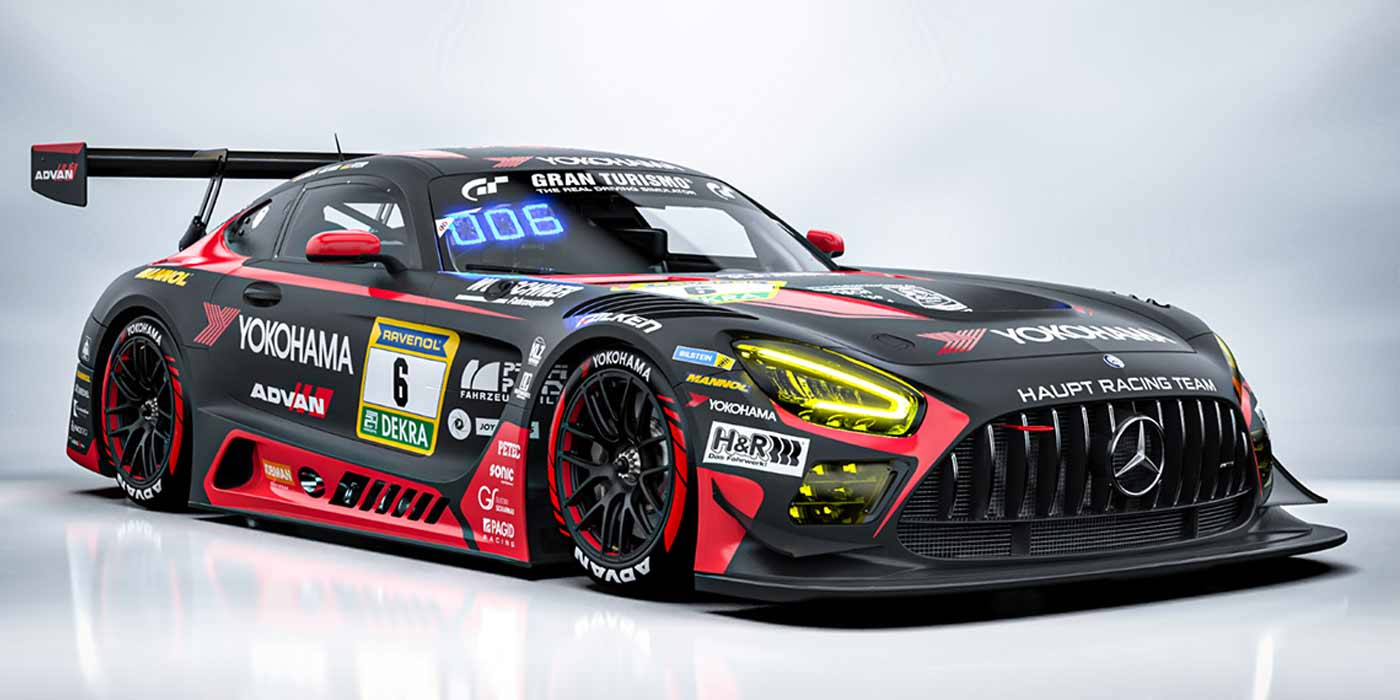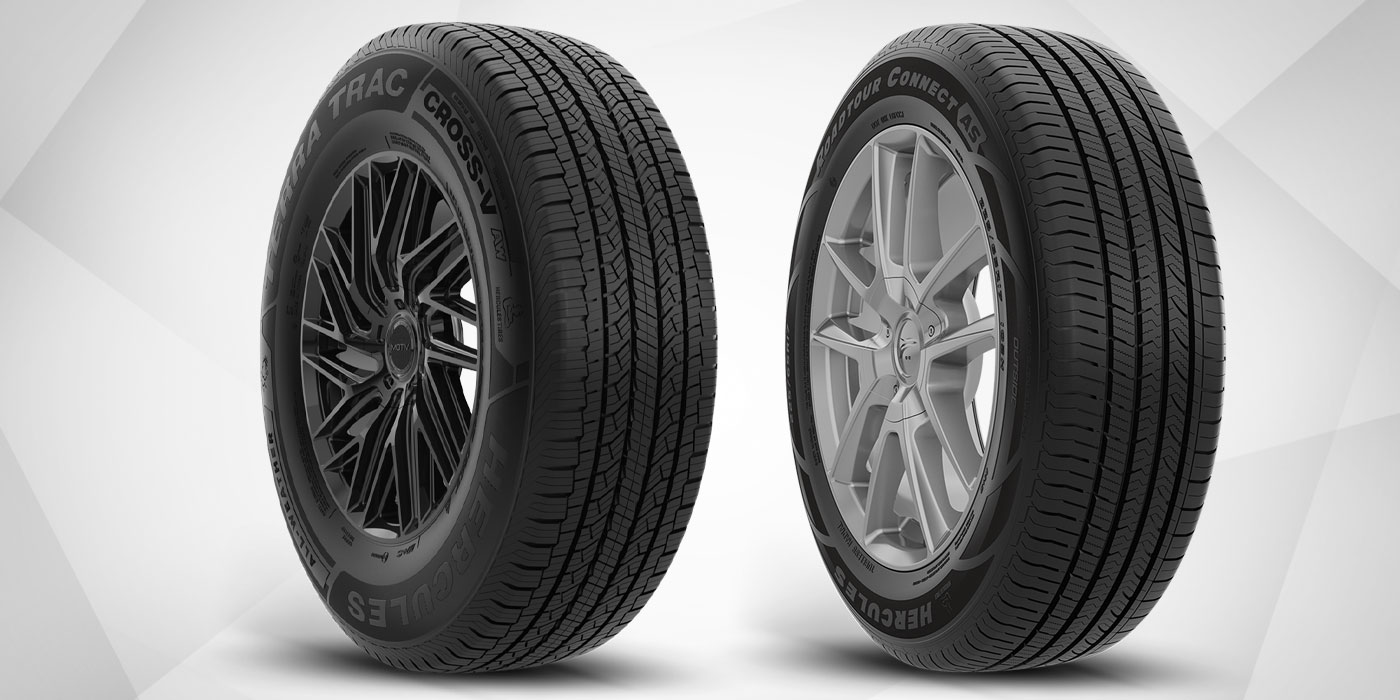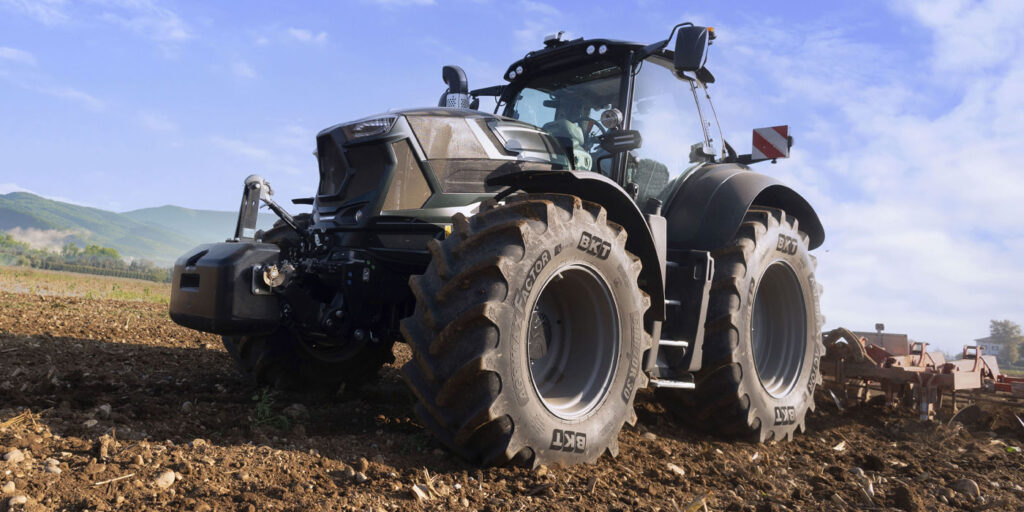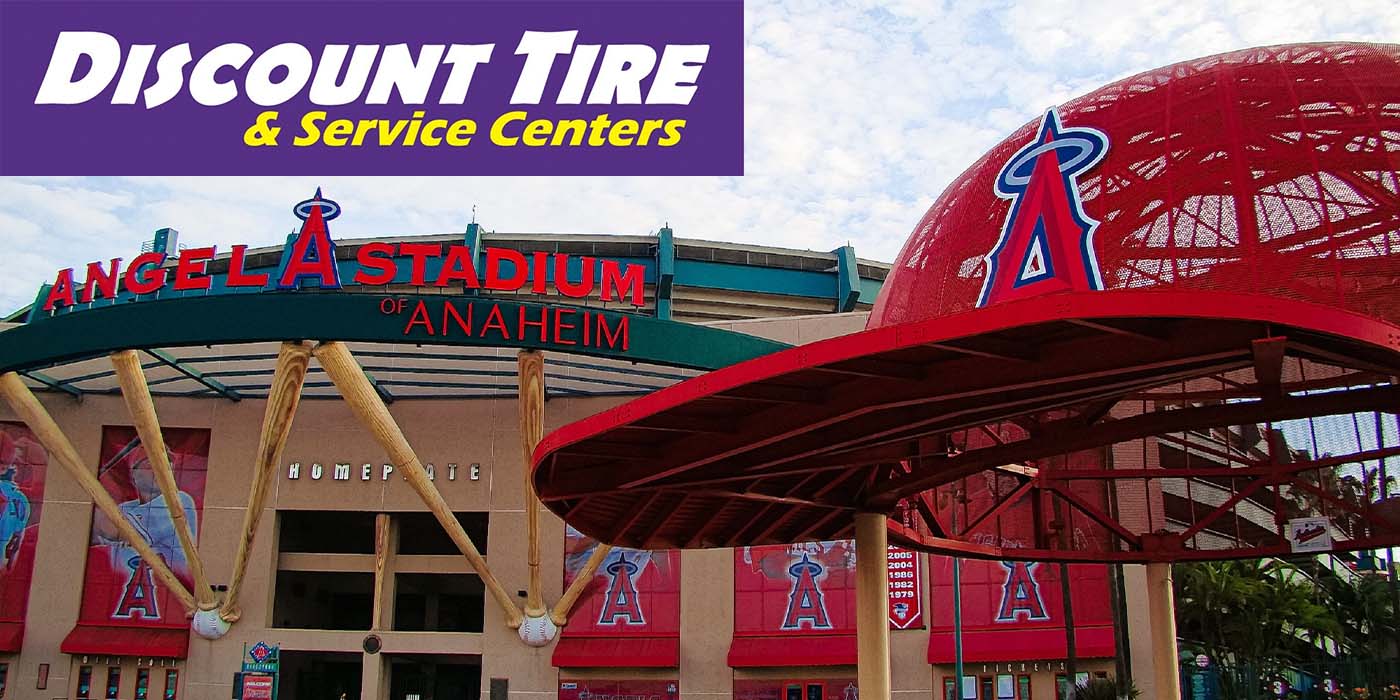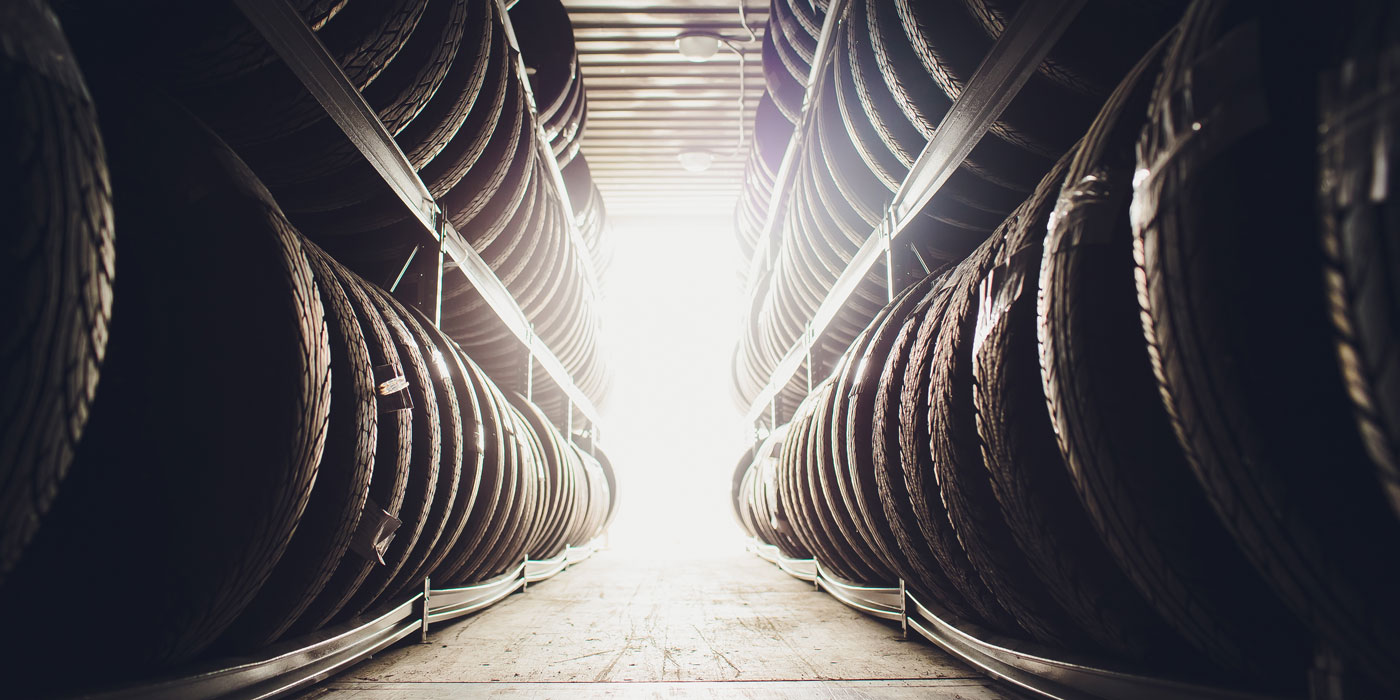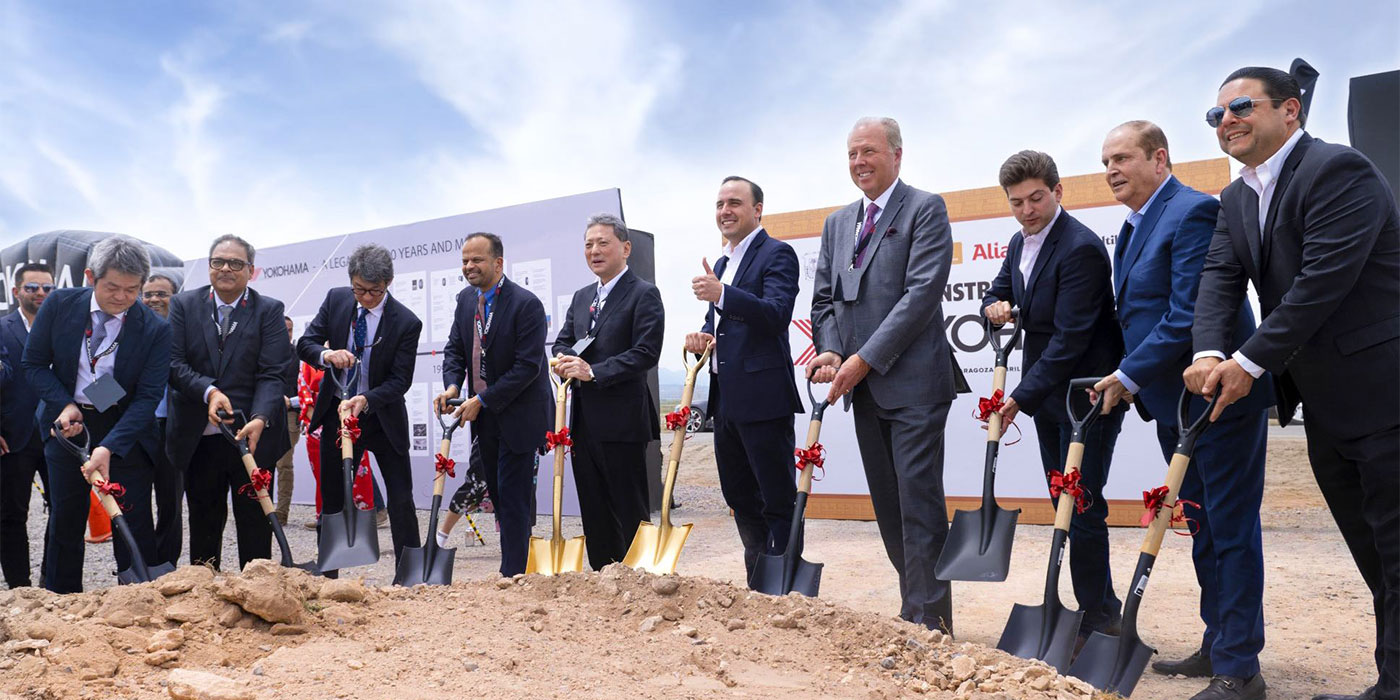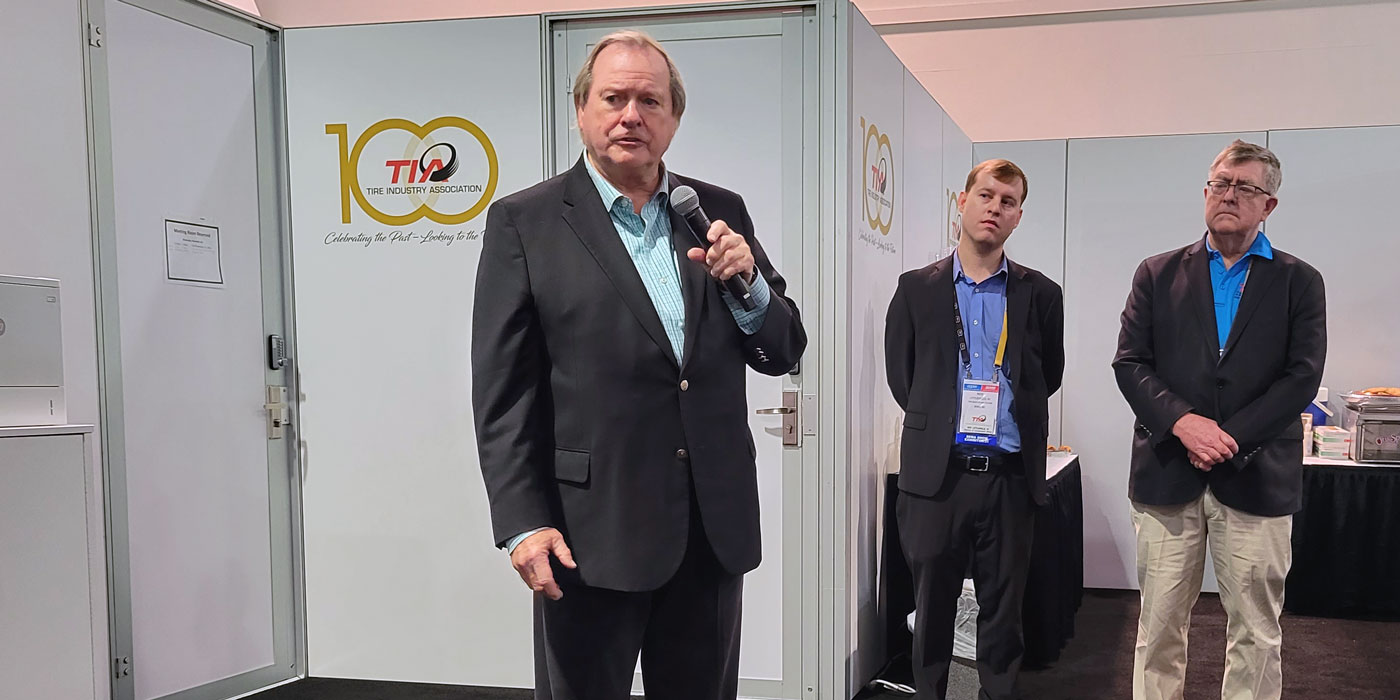It has become ‘gospel’ among trade and consumers that South Africans are privy to the lowest tyre prices in the world. To put this to the test, a tyre dealer who shall remain nameless, suggested we put this old, widely accepted adage to the test.
Coincidentally the first quarter of 2006 saw yet another tyre price hike. On average, manufacturers and importers of foreign brands raised their prices by an inflationary-accepted five percent. And it might not end there. If industry speculation is anything to go by, tyre prices could climb further before the year is out. What is driving these escalations and how does the South African tyre pricing scenario compare with the rest of the world?
With assistance from our affiliated publications around the world – Tire Review, (US), Tire News (Canada), Tyres & Accessories (UK and Europe), Rubber Asia (Asia) and Australian Tyre Dealer (Australasia) – and some of our valued colleagues residing overseas, we were able to conduct a price comparison exercise to determine whether South African consumers were subjected to fair pricing or whether in fact, we were being short-changed.
After reaching consensus on the most popular tyre sizes in South Africa – passenger and truck – we sought comparative prices from the U.S., Canada, United Kingdom, Japan and Australia. It emerged that some of the sizes common to our market had become obsolete in their respective markets, but wherever possible, we strove to compare ‘apples with apples’.
Click here for pricing data from around the world.
Of the nine nations featured in this survey, only two population groups – India and Brazil were worse off than South Africa, with the US and the United Kingdom enjoying the highest income earning potential, followed by Europe, Australia and Canada. When comparing tyre purchase costs against disposable income, one could argue that annual tyre replacement of four passenger tyres – size 195/65R15 – in South Africa would constitute 1.3% of an average South African’s annual income versus the UK, where the same set of tyres would account for only 0.6%. In reality tyre replacement is a grudge purchase that is required every 18-24 months. The example quoted above serves as a mere yardstick for purposes of this exercise.
So what can be deduced from the above exercise? On the face of it, bar one or two sizes – specifically 13 and 14 inch, South Africans are paying more for passenger tyres than any of the countries featured.
That said, we recognise that local market dynamics and economies of scale play as much of a role in determining tyre pricing in foreign markets as they do in ours. Isolating and analyzing all these factors and how they impact on individual markets, remains the forte of qualified professionals. All we are qualified to do in this case is present what appear to be the facts at face value.
Perhaps at this juncture, it would be important to mention that the local sell-out prices quoted above are obviously not cast in stone. They were obtained from a reputable dealer belonging to one of the more recognized tyre chains. We recognise the fact that dealers trade at their own discretion, and that in some instances, the same product could retail for less.
As for the commercial tyre market, calculating and comparing costs for this segment proved a lot more difficult than we thought. Obtaining tyre prices from certain markets proved a sheer impossibility, whilst the two sizes common to South Africa – 12R22.5 and 315R80.22.5 – had become obsolete in some sophisticated markets. The only accurate conclusion we could come to was that South African commercial tyre prices (based on the two sizes) were similar to the US, more expensive than the UK and cheaper than Canada.
Analysing the Findings
At this point, one could well argue that unlike the countries to which we had been compared, South Africa was a developing nation. And they would be correct. Regrettably, although several attempts to obtain comparative tyre prices from developing nations such as ours were made, they were unsuccessful due to language barriers and a lack of structured systems in those countries.
If South Africans were in fact paying more for tyres than some of the first world countries in this survey, what was the reason for it? In the quest for answers we turned to the source of the debate – the new tyre manufacturers.
Raw Materials Scarce and Expensive
“Since the start of the year, we have received large increases in raw materials such as natural rubber and oil. The cost of natural rubber over the last 14 months has increased by 100%. This has placed huge pressure on the cost base of the company and has not been offset by the appreciation of the Rand, as it has remained relatively stable, in a narrow range,” explained Claudio Boezio, managing director of Continental Tyres SA.
“Natural and synthetic rubber are in short supply, largely due to the Chinese economy which has shown enormous growth in recent years,” added Ken Yoshida, Pricing Manger for Bridgestone SA. “This has pushed up the price of rubber – comprising 50 percent of the tyre – to unprecedented levels. Added to that, the oil price continues to climb. These increases have had a very negative impact on tyre manufacturers across the world,” he said.
“Raw materials required for the production of tyres can largely be divided into three categories:
• Petrochemicals based – 65%
• Metal based – 15%
• Agricultural based – 20%
In the petrochemical category, we utilize carbon blacks – a direct derivative of oil. Currently, crude prices are at $74/barrel versus January 2003, when they were only $32/barrel,” continued Mike King, Sales & Marketing Director of Goodyear SA. Wires and beads (metals) are up between 60 and 100 percent on January 2003, whilst agricultural by-products such as natural rubber are up 114 percent. This constitutes a 60% increase, year on year.”
The Rand-Dollar Debate
That being said South Africa is not the only nation that has been hard hit by soaring raw material prices. “But, lest we forget, most raw materials are imported into South Africa in hard currencies – Euro and US Dollar” offered King. The offset to all the above is obviously the currency, which in March 2005 ran at R6.22 to the dollar, and in March 2006, was R6.18… no sufficient gain in that,” confirmed King.
“Fluctuating currency is a daily reality,” concurred Pierre Dreyer, managing director of Dunlop SA. “Purchasing raw materials in foreign currency remains a challenge that we tyre manufacturers, tackle on a regular basis. Added to that, the growing influx of low cost tyres from the Far East is having adverse effects on economies of scale – not only in the tyre industry, but in manufacturing as a whole,” added Dreyer, “which begs the question, for how long can manufacturing remain a viable option in sub-Saharan Africa?”
“Labour costs have also increased substantially,” continued Dreyer, “making it virtually impossible to compete against the growing stream of ‘cheapies’, filtering in from the Far East.
“An anti-dumping petition made to the DTI, particularly highlighting the impact cheap tyres of questionable quality from China were having on local industry, has thus far not met with the response we were hoping for by government, promising little relief for the local tyre manufacturing industry, which remains hostage to the world’s dumping practices.”
Fixed Costs
“Fixed costs on variables such as salaries, rentals and buildings have also increased, not to mention logistics such as ocean freight costs which rose by 9% this year,” commented Gilles Boudou, managing director of Michelin Tyres SA. “This means that importers of reputable tyre brands such as Michelin, Pirelli, Yokohama, Bridgestone, to name a few, are just as subject to the effects of inflation and import duties,” he said.
“The challenge for the industry has been to maximize productivity to offset these rising costs, but increases against this backdrop have been essential,” argued King.
The Price of Technology
“Over the past decade the consumer has enjoyed exceptional technological improvements in the product he’s purchased,” suggested Boezio. “There has been the introduction of silica-based products as well as run flat tyres which have all improved the safety and ‘driveability’ of the vehicle and enhanced the end product the consumer uses.
“To keep up with global developments of the vehicle manufacturers, of which Continental is a major player, Continental has invested heavily to stay at the cutting edge of the market. We pride ourselves on these advancements, but these investments and developments cost money,” continued Boezio.
“The consumer in South Africa is demanding more, and rightly so, as we are now part of the global market and economy. There are more imported brands available in the markets which are very price competitive. Our products need to be positioned correctly according to the strength and value of our brands.”
“Goodyear continues to add value to product and produce with only premium grade components, to ensure the best possible product to market,” concurred King.
“Considering all these factors combined with a worldwide increase in the tyre industry, not all of these cost increases can be absorbed through improved efficiencies and cost reduction programmes,” added Boezio. “Part of these cost increases will unfortunately, have to be reflected in our selling prices particularly as we endeavour to keep our product as technological and price competitive as any comparable product world-wide.
So how do we begin to explain the apparent price discrepancies between our market and those featured in our survey? Could the fact that our tyres are pricier be considered a tribute to the skills of our tyre dealers who, in contrast to their overseas counterparts, may in fact be trading smarter?
Or do we highlight the massive differences between their buying power and ours, particularly where it concerns some of the bigger franchise chains in the UK and the US, whose volumes and market size far exceed anything we will ever be exposed to here in South Africa?
Shop Image – Are We Paying the Price?
You only have to visit tyre outlets in the first-world, specifically the US, Canada, UK and Australia to notice the immediate discrepancies between their shops and ours.
Whilst ours boast all the modern conveniences, from plush waiting areas shod with Italian tiles or beech wood floors, to televisions, DVD players and filter coffee on tap, theirs are reminiscent of one of our typical tyre shops of the early eighties. In short, first world countries do not see the need to invest as heavily in shop image.
The onset of manufacturers acquiring distribution in South Africa has paved the way for shop upgrades, openings of up market stores, promotions and extensive nationwide advertising via television, radio and print media. Some distribution networks began setting high standards in terms of shop image around a decade ago, and in no time, the rest followed suit. Today, it is uncommon to come across a ‘bucket’ shop in South Africa.
All well and good, but who is paying the price for this market shift? Could the dealers themselves be placing their own profitability at risk by succumbing to this new trend, particularly as upgrades of this kind are traditionally funded in part by their affiliated new tyre suppliers? Would monies incurred not be better spent in the form of rebates to dealers in return for sales?
And whilst no one can dispute the obvious aesthetic benefits and comforts of modern tyre shops such as ours, could we, the consumers, possibly be paying the price for this huge investment? More importantly, can the South African tyre retail sector afford to be going down this road, given the current market dynamics?
Every tyre dealer we have spoken with over the years has voiced concern over the day-to-day challenges of securing the best price from their suppliers. Given the immediate needs of the retail sector which revolve around buying and selling product at the right price, could our dealers be missing the mark?
Not that we are suggesting for one moment that the source of our pricing dilemma is due solely to an undue investment in shop image. Clearly, and as was borne out by the key people we approached on the subject, the local manufacture of tyres is under threat, particularly as the onslaught of imports – currently accounting for around 33% of annual sales – continues unabated.
More worrisome still, unscrupulous dealers and operators are becoming ever more creative in their attempts to ‘dodge’ the system, with containers of tyres supposedly destined for Botswana or other African countries, by-passing the system entirely and entering South Africa, duty-free. All that ever arrives on some foreign customs official’s desk is the paperwork. Practices such as these are not only rife, they are on the increase.
On the home front dealers continue to squeeze manufacturers for better prices so as to remain price competitive and stave off the competition. And in an attempt to protect their dealerships and retain market share in the face of rising competition from cheap imports, manufacturers are caving in under the pressure and giving in to their demands. We used to think the consumers were the only ones benefiting from this precarious situation, but it would seem this too was overly optimistic.
Something has to shift or we could end up with no local industry to speak of and thousands of people out of work.





